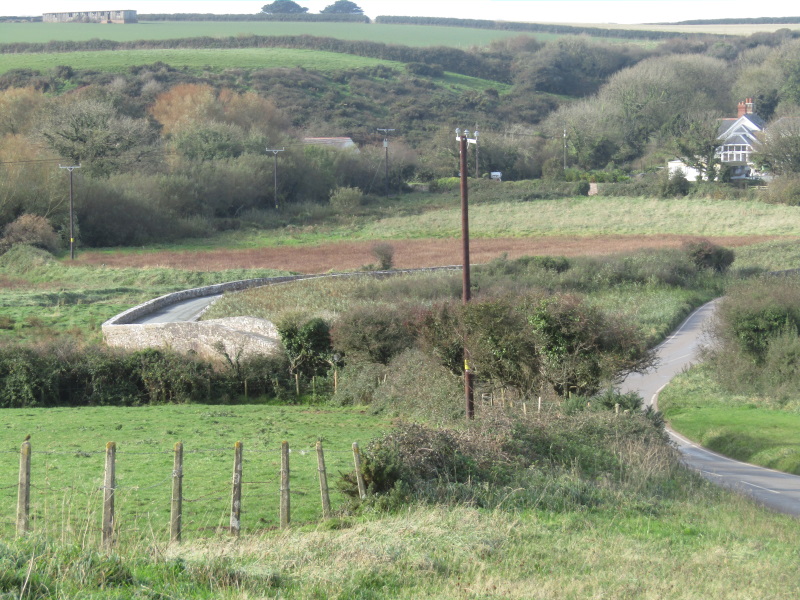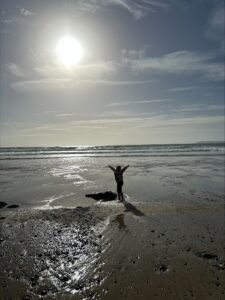A Great Event At Mullock Bridge
Many people know about the escape of the Little Emperor Napoleon Bonapart (he was five feet 7 inches tall) from exile on the Isle of Elba (schoolchildren used to be taught about anagrams – words and sentences that read the same from either end. The best know is: ‘Able was I ere I saw Elba’). On March 1st 1815 the little emperor with 1000 soldiers of his personal guard landed in France. He began what became a march of triumph to Paris. The French king, recently returned to Paris, sent out troops to capture Napoleon. At each confrontation the king’s troops defected and joined their former emperor. On March 7th the 5th Regiment of the line with the cry of “Vive L’Empereur” changed sides to a man. On March 8th it was the turn of the 7th Regiment of the Line. Marshal Ney promised the king he would bring Napoleon to Paris ‘in an iron cage’. But when they met, Marshall Ney and his 6,000 men changed sides and joined Napoleon.
On March 19th the king fled Paris for the Netherlands. Napoleon made a grand entrance into the Tuilleries Palace in Paris on March 20th. On June 18th 1815, Napoleon led his army of 74,000 troops into the Battle of Waterloo and was defeated by General Wellington leading a British army of 68,000 and Prussian Marshall Blucher leading his army pf 30,000 troops A very fierce one day battle resulted in about 33,000 French casualties, 22,000 British and Prussian casualties. Returned to exile in Elba, Napoleon died in 1821. Modern forensic study of a lock of his hair revealed he had been secretly poisoned by arsenic.
Few people know that a similar triumphant march took place across south Pembrokeshire and south Wales with a famous confrontation (like that of Marshall Ney and the emperor). The confrontation took place at Mullock Bridge on the Dale Peninsula (an earlier version of the stone bridge that crosses the Gann estuary between Dale and St Ismael’s).
This meeting took place in 1845 between Henry Tewdwr, who had returned from exile in France with a small army of around 2000 mercenaries paid for by the King of France, to challenge King Richard III. Sir Rhys ap Thomas of Carew Castle was the main supporter in Wales of King Richard III. He had promised King Richard III that Henry Tewdwr would only land in Wales ‘over my belly’ (modern expression ‘over my dead body’). This presented Sir Rhys with a problem as he had given his word, but decided to change sides and join Henry Tewdwr. His problem was solved by the Archbishop of St Davids who suggested he lie on the ground and let Henry Tewdwr step over his belly. A more dignified version was carried out at Mullock Bridge, when Sir Rhys lay down under Mullock Bridge and Henry Tewdwr walked across the bridge. The two forces then joined.

Mullock Bridge now blocked off 
Old bridge on left new road on right 
The arch in Mullock Bridge 
The silt filled valley downstream of Mullock Bridge
Henry Tewdwr at the age of 28, had landed at Mill Bay, 3 km west of Dale to avoid being seen by the Kings observers stationed at Dale fort. He was successful and landed unopposed. He was born at Pembroke Castle in 1457. He had spent most of his life in exile in France. His uncle Jasper Tudor was the Earl of Pembroke living in Pembroke Castle. When King Richard III’s son and only heir died in 1484, Henry Tudor was invited back to take over as king. These were the turbulent days of the War of Roses.
On landing Henry knelt, recited a psalm, kissed the ground, crossed himself and gave the order to advance in the name of God and St.George. Henry’s plan was to march across Wales gathering troops on the way. Rhys ap Thomas marched by a different route to gather more men. He played a major role in the defeat of King Richard III. After Mullock Bridge, Henry stopped at St. Ishmaels to drink and the well he used was long after called ‘The Kings Well’. He received a warm welcome at Haverfordwest as the people of Wales were delighted to support a welshman for king.
The two armies met at the Battle of Bosworth Field in August 1485 in Leicestershire. Henry by then had around 5000 troops and King Richard around 8000. But Richard was unpopular especially because of the way he had obtained the crown and was believed to have ordered the murder of the rightful heirs – the two princes (he was their guardian) in the Tower of London. Much of the Kings army held back from the fighting. King Richard, seeing this, led a charge of his knights deep into the ranks of Henry’s army in an attempt to kill him. Instead King Richard when his horse become mired in mud was killed by one of Rhys ap Thomas’s men with a pole axe. Rhys ap Thomas got the credit for killing Richard III and was knighted by Henry. He was also rewarded with lands and high offices in South Wales. In 1505 he became a Knight of the Garter and in 1507 threw a great tournament at Carew Castle in celebration. Over 1000 guests attended the tournament that lasted for five days.


